Exhibition dates: 19th February – 16th May, 2021
Timm Rautert (German, b. 1941)
Tokaido Express, Tokyo
1970
Gelatine silver print
45.5 x 59cm
Museum Folkwang
© Timm Rautert
What an admirable artist.
Unfortunately with a limited number of media images available one cannot cover in any depth the many bodies of work of this fine artist. I would have liked to have seen more photographs from Rautert’s series The Amish and The Hutterites, and some photographs from his series on Thalidomide victims (none are available anywhere online). Very few of his portraits (only two are included here) or homeless series are available as well.
Particularly intriguing is work from the series Image-Analytical Photography in which Rautert explores “the fundamental conditions of photographic work – from the photographic act and the development of photographic images under an enlarger in the lab to the various possibilities of presentation”, using “black-and-white photographs, passport photos, lab experiments, combinations of selected photo prints with their negatives … but also non-photographic material such as a grey card (used for measuring light mainly in photo studios), postcards and graphic manuals” in order to understand “what photography means as a medium, what is expected from it, and how it has shaped the perception of the world.” Very few of these investigative images can be found online and only two are included in this posting. The second is a cracker.
Through the simple expedient of turning the camera upside down and photographing himself doing it coupled with the photographic outcome of the resulting picture we – the viewer, the looker, the seeker (of “truth”) – are so eloquently made aware that the camera is a machine, that it has a monocular perspective, and that every photo the camera takes is a construct. As Rautert asks in the quote below, “what is photography? what is light? what is time? what is space? how does one tell great stories? what means what?”
An excellent example of this enquiry is the series Gehäuse des Unsichtbaren (Houses of the Invisible) which depicts “working environments in the automobile and computer industries, creating a long-term chronicle of the transformation of the workplace in the wake of industrial automation.” In these conceptual but documentary, applied but artistic photographs, the human is masked, occluded and / or dwarfed by the humungous complexity and size of the machine – becoming an invisible attendant (a small cog in the wheel) of the mighty mechanism (think Metropolis, 1927). A solid story with a social and conceptual form.
There seems to be a strong eye and a whip sharp mind at work here: inquiring and questioning, ethical and creative, telling great stories through the lives of photography. An admirable artist indeed.
Dr Marcus Bunyan
Many thankx to Museum Folkwang Essen for allowing me to publish the photographs in the posting. Please click on the photographs for a larger version of the image.
Till May 16, 2021, Museum Folkwang presents a comprehensive retrospective of photographer Timm Rautert’s oeuvre. The exhibition Timm Rautert and the Lives of Photography spans five decades of his artistic production: beginning with Rautert’s experimental early work as a student of Otto Steinert, it shows his famous portrait series such as “Deutsche in Uniform (Germans in Uniform)” or “Eigenes Leben (Own Life),” as well as his artwork collages and his 2015 photographic installation work L’Ultimo Programma. The nearly 400 works illustrate not only the thematic and methodological versatility of Rautert’s oeuvre, but can also be read as documents of photography’s long journey into the museum and the art canon.
“I thought to myself: what is photography actually? What is it really?
I decided to develop a kind of grammar for photography:
What is light? What is time? What is space?
How does one tell great stories?
What means what?”
Timm Rautert
“Timm Rautert’s work forges links between applied and artistic photography. It reflects man in his time as much as the worlds created by man: the factories and machines, cultural highlights and the social fringe, heaven and hell of modern society. For many years Rautert has worked as a socially critical photographer and engaged himself in different long term projects.”
Installation views of the exhibition Timm Rautert and the Lives of Photography at Museum Folkwang, Essen showing at bottom left, photographs from The Final Program, Campo S. Angelo, Venezia (2014)
Fotos: Jens Nober
Timm Rautert (German, b. 1941)
The Final Program, Campo S. Angelo, Venezia
2014
Black and white photograph, bromide silver gelatine
Sheet size 50.8 x 40.5cm
Timm Rautert (German, b. 1941)
The Final Program, Campo S. Angelo, Venezia
2014
Black and white photograph, bromide silver gelatine
Sheet size 50.8 x 40.5cm
To mark the 80th birthday of the photographer Timm Rautert, Museum Folkwang is organising a comprehensive retrospective covering half a century of his artistic work.
Timm Rautert (born in 1941 in Tuchola, then West Prussia) is considered one of Germany’s preeminent contemporary photographers. Over the decades he has succeeded not only in anticipating the most important trends in photography, but has also played a major role in shaping them: as a studio photographer for galleries, as a photojournalist, as a chronicler of changing work environments and, finally, as a university lecturer, he has influenced ensuing generations.
As a student under Otto Steinert at what was then the Folkwangschule in Essen-Werden, Rautert quickly developed solid foundations for a committed, social-documentary photography. Alongside this, he explored the fundamentals of photography and developed his “image-analysis photography”, which has methodically permeated his artistic work to this day. For Rautert, alternating between applied and artistic elements is not a contradiction, but an expression of resolute photographic authorship.
In 1970, Rautert travelled to the USA and photographed figures such as Franz Erhard Walther, Andy Warhol and Walter de Maria. In Osaka, he documented the World’s Fair and the deeply traditional Japanese society of the time. From the mid-1970s, Rautert worked together with the journalist Michael Holzach on joint reportages for ZEITMagazin. For over a decade he produced social documentary reportages on migrant workers, the homeless, or previously inaccessible communities like The Hutterites (1978) and The Amish (1974).
In the 1980s, Rautert turned to documenting working environments in the automobile and computer industries, creating a long-term chronicle of the transformation of the workplace in the wake of industrial automation. Around 70 photographs from the series Gehäuse des Unsichtbaren (Houses of the Invisible) with photographs of research and manufacturing sites such as the Max Planck Institute (1988) or Siemens AG (1989) are being presented for the first time in a digital double projection, which Rautert developed specially for the exhibition at Museum Folkwang.
Artist portraits have been a recurring theme in Rautert’s work; his first was that of the Czech photographer Josef Sudek made for an exhibition of work by Otto Steinert and his students. It was followed by portraits of Otl Aicher, Pina Bausch, André Heller, Jasper Morrison and Éric Rohmer. Rautert focused not only on the subject, but also on their surroundings and actions; capturing their sphere of influence as part of their identity.
After being appointed professor of photography at the Hochschule für Grafik und Buchkunst Leipzig (1993-2008), Rautert dedicated himself to his own work. His focus is on re-examining, restructuring and reshooting past projects. His students include Viktoria Binschtok, Falk Haberkorn, Harry (Grit) Hachmeister, Margret Hoppe, Sven Johne, Ricarda Roggan, Adrian Sauer, Sebastian Stumpf and Tobias Zielony.
In 2008, Timm Rautert was the first photographer to receive the Lovis Corinth Prize for his life’s work.
Text from the Museum Folkwang website [Online] Cited 18/04/2021
Installation view of the exhibition Timm Rautert and the Lives of Photography at Museum Folkwang, Essen showing photographs from Deutsche in Uniform (1974)
Fotos: Jens Nober
Timm Rautert (German, b. 1941)
Liane Schneider, 33, Ground Hostess, Deutsche Lufthansa
1974
From Germans in Uniform
C-Print
28.7 x 22cm
Courtesy of the Artist
© Timm Rautert
Timm Rautert (German, b. 1941)
Otto Koniezny, 39 Jahre, Bundesbahnschaffner (Federal Railroad conductor)
From the series Deutsche in Uniform
1974
© Timm Rautert
Timm Rautert (German, b. 1941)
Fräulein Monika Powileit, 33 Jahre, Diakonieschwester (deaconry sister)
From the series Deutsche in Uniform
1974
© Timm Rautert
Timm Rautert (German, b. 1941)
Herr Konrad Benden, 61 Jahre, Tambourmajor im Stadttambourchor, St. Maximilian 04, Düsseldorf (drum major in the city drum choir, St. Maximilian 04, Düsseldorf)
From the series Deutsche in Uniform
1974
© Timm Rautert
Timm Rautert (German, b. 1941)
Herr Werner Kudszus, 47 Jahre, Oberstleutnant, Kommandeur eines Feldjägerbataillons (Lieutenant Colonel, commander of a military police battalion)
From the series Deutsche in Uniform
1974
© Timm Rautert
Timm Rautert (German, b. 1941)
Herr Peter Müller, 22 Jahre, Oberwachtsmeister im Bundesgrenzschutz Bonn (chief sergeant in the Federal Border Police in Bonn)
From the series Deutsche in Uniform
1974
© Timm Rautert
Timm Rautert (German, b. 1941)
Claudia Krüll, 17, German Red Cross Helper
From the series Deutsche in Uniform
1974
© Timm Rautert
Timm Rautert (German, b. 1941)
Herr Wolfgang Markgraf, 28 Jahre, Pfarrer, Evangelische Friedens-Kirchengemeinde (pastor, Evangelical Peace Church Congregation)
From the series Deutsche in Uniform
1974
© Timm Rautert
Timm Rautert (German, b. 1941)
Herr Jürgen Lobert, Frau Marlene Lobert, 30 und 31 Jahre, Schützen regiments könig und Königin (rifle regiment king and queen)
From the series Deutsche in Uniform
1974
© Timm Rautert
Timm Rautert’s 1974 series “Germans in Uniform”, presenting a range of Germans in their professional attire in both a sociological and ironic manner, was first published in German by Steidl in 2006, and is now available in English in this expanded version.
For his project Rautert invited a range of public servants and officials to his Düsseldorf studio, where he photographed them in their work clothes – from a pastor, monk, Red Cross helper and hotel valet, to a more flamboyant drum major, forest warden and even a Santa Claus. Rautert depicts his subjects before the same neutral backdrop with similar framing and perspective, thus emphasising how they reveal their characters beyond their uniforms. Below each photo are the subject’s name, age and profession; at times personal quotes from conversations with Rautert during the shoot are also included. The result today is at once a complex portrait of post-war Germany, a nostalgic historical document, and an expression of the interplay between uniformity and personality that continues to shape society. In contrast to today’s professional clothing … the uniforms photographed by Rautert reflect a time of social upheaval. This documentary project was followed by the 1976 series entitled Die Letzten ihrer Zunft (The Last of this Profession) about the extinction of certain trades and professions.
Anonymous text from the Steidl website [Online] Cited 18/04/2021
In shooting these landmark 1974 portraits of Deutsche in Uniform, Timm Rautert met his subjects in their own territories, but then set them against a neutral background, separating them from their work aesthetics. This portable studio setting gives special significance to the moment of representation, when the subject is captured as a symbol of the state or an occupational group. By using not only names and job titles but also quotes from interviews, Rautert also prompts observers to focus on the subject or the connection between the individual’s gestures and his official work clothes. In contrast to today’s professional clothing, which is transformed into outfits by logos, the uniforms he photographed reflect a time of social upheaval.
Anonymous text from the Amazon website [Online] Cited 18/04/2021
Timm Rautert (German, b. 1941)
Swiss Pavilion
1970
From: Expo ’70 – Osaka
Gelatine silver print
50 x 56cm
Museum Folkwang
© Timm Rautert
Timm Rautert (German, b. 1941)
From the series The Amish
1974
Gelatine silver print
17.4 x 26.8cm
Courtesy of the Artist
© Timm Rautert
In 1974 the young Timm Rautert travelled to Pennsylvania to photograph those who normally don’t allow themselves to be photographed: the Amish, a group of Anabaptist Protestant communities. Four years later Rautert returned to America, this time to the Hutterites who live so stringently by the Ten Commandments and the bible’s restrictions on images that they have their identity cards issued without photographs. Both these two series were influential on Rautert’s later work…
Timm Rautert (German, b. 1941) photographs from the book No Photographing (Steidl, Hardcover, 2011)
Timm Rautert (German, b. 1941)
Homeless II
from the series In Germany’s Homeless Shelters
1973
Gelatine silver print
47.8 x 32cm
Courtesy of the Artist
© Timm Rautert
Timm Rautert (German, b. 1941)
Homeless due to housing shortage
from the series In Germany’s Homeless Shelters
1973
Gelatine silver print
Courtesy of the Artist
© Timm Rautert
Timm Rautert (German, b. 1941)
Socio-educational scheme, Cologne
1974
Gelatine silver print
Courtesy of the Artist
© Timm Rautert
Timm Rautert (German, b. 1941)
Social work in Cologne
1977
Gelatine silver print
Courtesy of the Artist
© Timm Rautert
Timm Rautert (German, b. 1941)
Otto Steinert, Essen
1968
Gelatine silver print
39.8 x 27.1cm
Courtesy of the Artist
© Timm Rautert
The Powerlessness of Photographs
When television moved into people’s living rooms in the 1950s, many predicted the moving picture would spell the end of still photography. Yet it is not films but photographs with their capacity to eternalise individual moments, freeze them in time and, by bringing things to a halt, compel viewers to look at them and think, that continue to define our collective memory today. Buzz Aldrin on the moon, children fleeing a napalm attack in Vietnam, the student in front of the army tanks in Tiananmen Square, victims of torture at Abu Ghraib – these are the images that are said to have changed the world.
Timm Rautert began his career as a photojournalist. Inspired by the belief that photography could change the world, he addressed social issues on behalf of major magazines and newspapers. His work took him to Japan, Russia and the USA, and led him to the homeless, the jobless and to Thalidomide victims. He wanted to use his camera to get to the heart of things, and draw the viewer’s attention to injustice in the long term through his haunting series of images. But it turned out that the power of these images and their influence on society was limited: “My images haven’t change a thing,” was Timm Rautert’s sobering realisation some years later.
His interest in social and moral issues continued unabated. But his photographic style changed, becoming more conscious and more reflective. Increasingly, Timm Rautert straddled the boundary between applied and artistic photography. But he still put the message of his images above their aesthetic quality: “Photography is an important medium to understanding the world; it is such a waste to use it only as art.” Nevertheless, he combined form and content in the knowledge that his work could only ever show his personal perspective on things.
His teacher, Otto Steinert, had a profound influence on this approach. The founder of subjective photography claimed it was impossible to depict reality objectively. The mere presence of the camera distorted the situation for everyone involved and therefore the image – including the photographer himself. Timm Rautert, too, sees the camera as standing between himself and reality – biasing his view of life.
Text from the Deutsche Börse Photography Foundation website [Online] Cited 18/04/2021
Timm Rautert (German, b. 1941)
Mensch in einem Photoautomaten (Human in a photo booth)
New York, 1969
From the series New York
© Timm Rautert
Timm Rautert (German, b. 1941)
Gotham City NY
New York, 1969
From the series New York
© Timm Rautert
Timm Rautert (German, b. 1941)
New York (Wellington Hotel)
1969
From the series New York
© Timm Rautert
Timm Rautert (German, b. 1941)
New York
1969
From the series New York
© Timm Rautert
Timm Rautert (German, b. 1941)
New York
1969
From the series New York
© Timm Rautert
Timm Rautert (German, b. 1941)
Self with Camera Turned (by. 0° 180°)
1972
From Image-Analytical Photography
Gelatine silver print
20.4 x 26.9cm
Staatliche Kunstsammlung, Dresden
© Timm Rautert
Timm Rautert (German, b. 1941)
Self with Camera Turned (by. 0° 180°)
1972
From Image-Analytical Photography
Negative mounting, on cardboard
Staatliche Kunstsammlung, Dresden
© Timm Rautert/SKD
Foto: Herbert Boswank
‘I Started as a Scientist and Finished as an Artist’ | Interview with Timm Rautert
“I thought to myself: what is photography actually? What is it really?
I decided to develop a kind of grammar for photography: What is light? What is time? What is space? How does one tell great stories? What means what?”
Timm Rautert’s Bildanalytische Photographie (Image-Analytical Photography), from 1968 to 1974, highlights the fundamental conditions of photographic work – from the photographic act and the development of photographic images under an enlarger in the lab to the various possibilities of presentation. A systematically elaborated ensemble of analogue black-and-white and colour photographs, of image-text compilations, and of manuals and photographic material provokes elementary questions about what photography means as a medium, what is expected from it, and how it has shaped the perception of the world. Scenic black-and-white photographs, passport photos, lab experiments, combinations of selected photo prints with their negatives are found here among Rautert’s 56 works, but also non-photographic material such as a grey card (used for measuring light mainly in photo studios), postcards and graphic manuals. Each work becomes an element of “analysis” showing the numerous potential scenarios of photography.
Timm Rautert (German, b. 1941)
from Variation
1967
C-Print
39.3 x 29.7cm
Courtesy of the Artist
© Timm Rautert
Installation view of the exhibition Timm Rautert and the Lives of Photography at Museum Folkwang, Essen showing work from the series Houses of the Invisible
Foto: Jens Nober
Timm Rautert (German, b. 1941)
Siemens AG, Munich
1989
From Houses of the Invisible
Digital projection, variable size
Courtesy of the Artist
© Timm Rautert
Timm Rautert (German, b. 1941)
Messerschmitt-Bölkow-Blohm GmbH, Ottobrunn
1989
From Houses of the Invisible
Digital projection, variable size
Courtesy of the Artist
© Timm Rautert
Timm Rautert (German, b. 1941)
Fraunhofer Institut für Mikroelektronik, Duisburg
1986
From Gehäuse des Unsichtbaren (Houses of the Invisible)
Digital projection, variable size
Courtesy of the Artist
© Timm Rautert
Timm Rautert (German, b. 1941)
Rolf Deininghaus & Maxmillian Oesterling, Dortmund
1994
From A life of one’s own
Gelatine silver print
57 x 44.2cm
Courtesy the Artist
© Timm Rautert
Timm Rautert (German, b. 1941)
Mona Lisa
2010
Mixed Media Farbcollage, Offsetdruck, Tonpapier
80.5 x 63cm
Courtesy of the Artist
© Timm Rautert
Museum Folkwang
Museumsplatz 1, 45128 Essen
Opening hours:
Tuesday – Sunday 10am – 6pm
Thursday – Friday 10am – 8pm



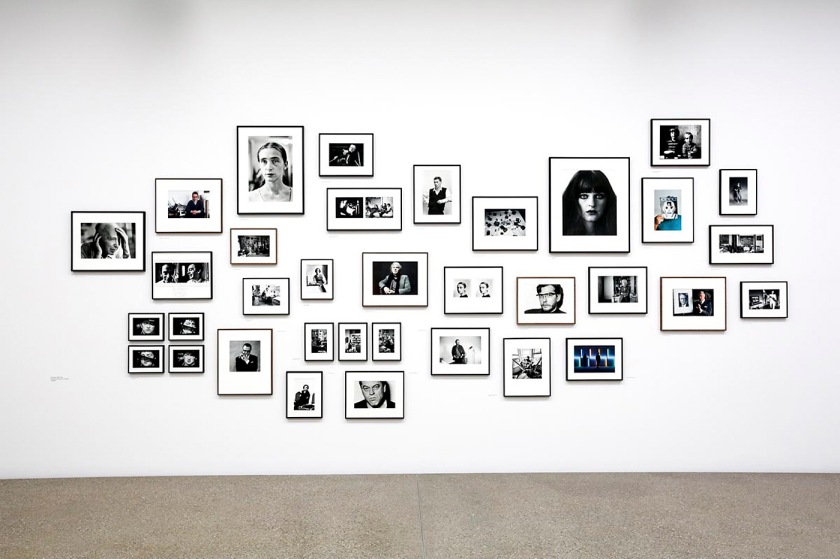




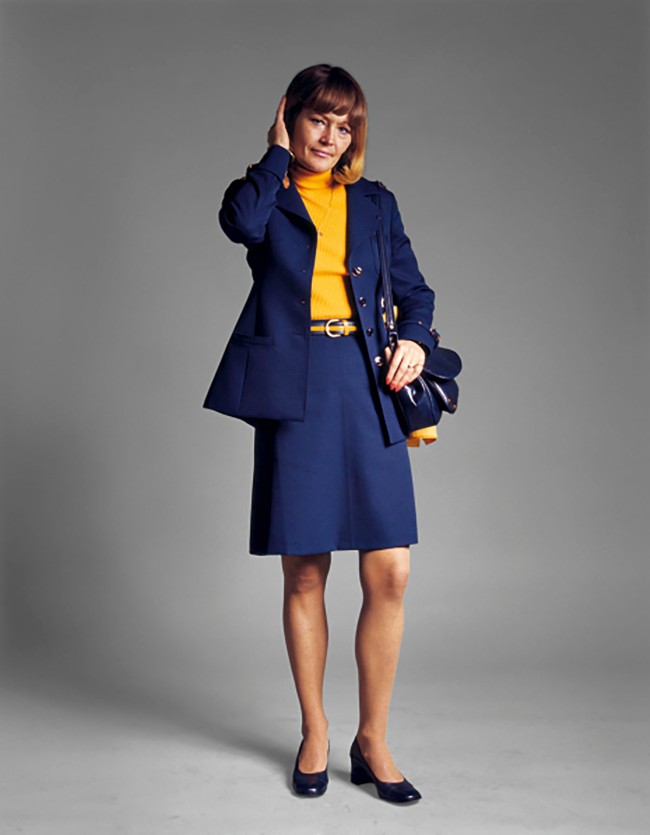








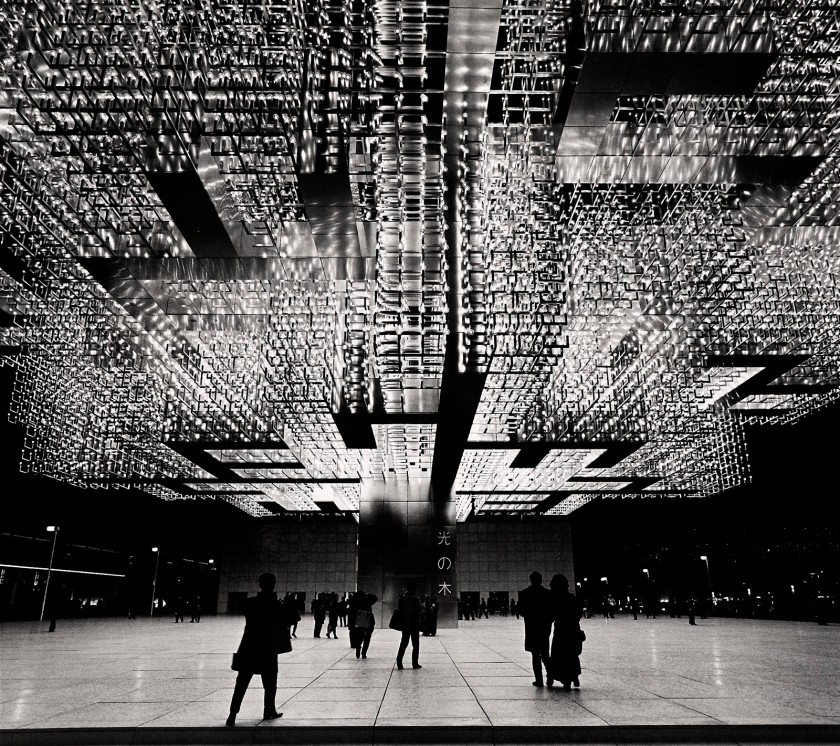


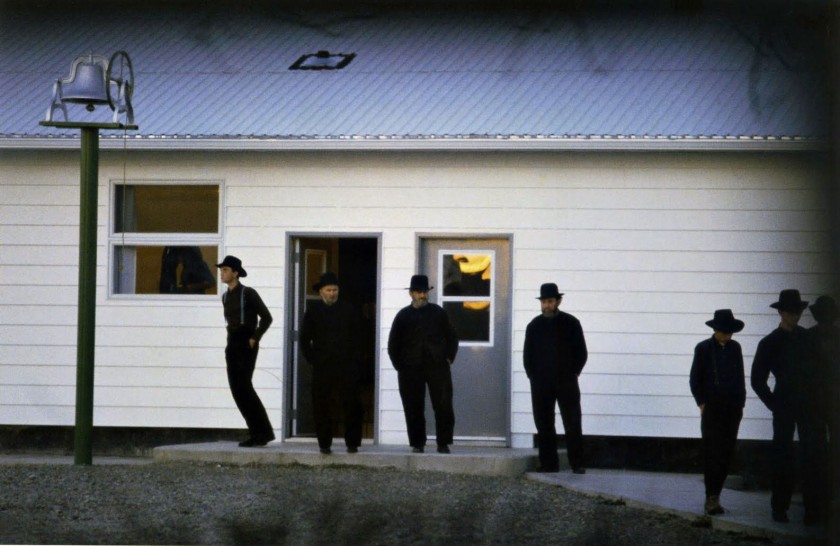
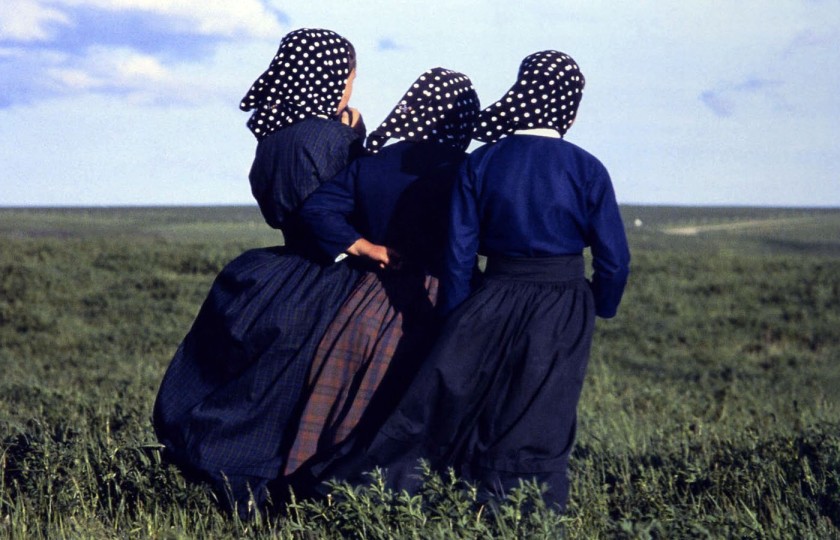








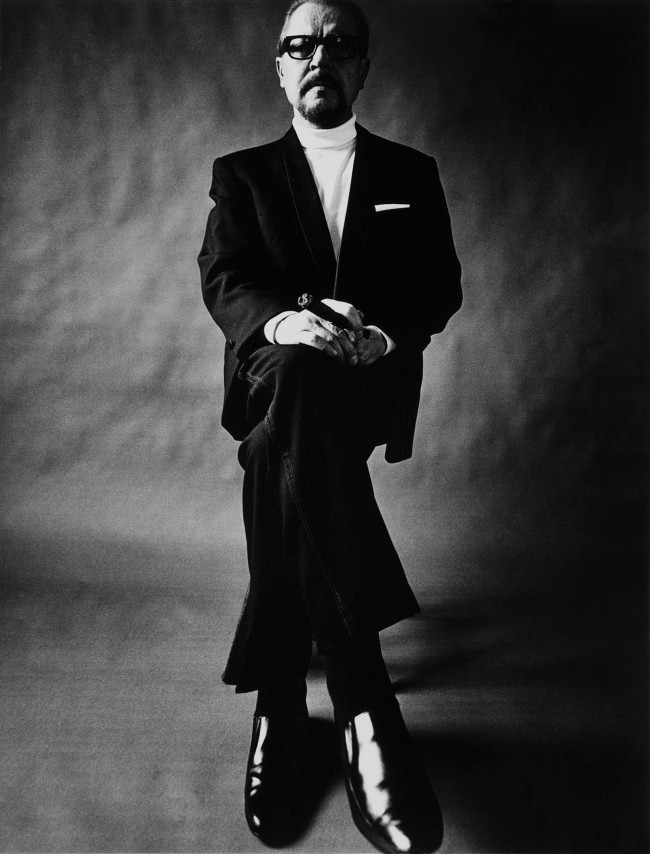






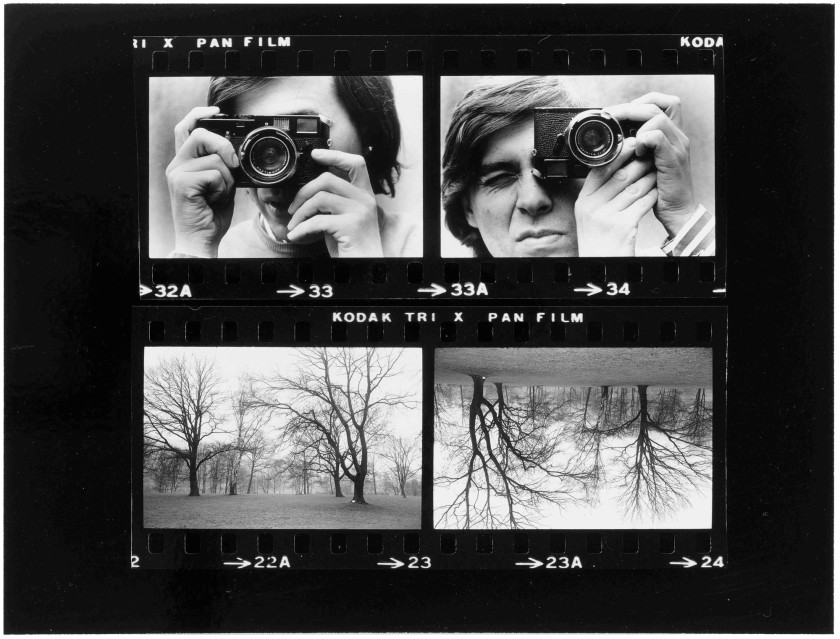






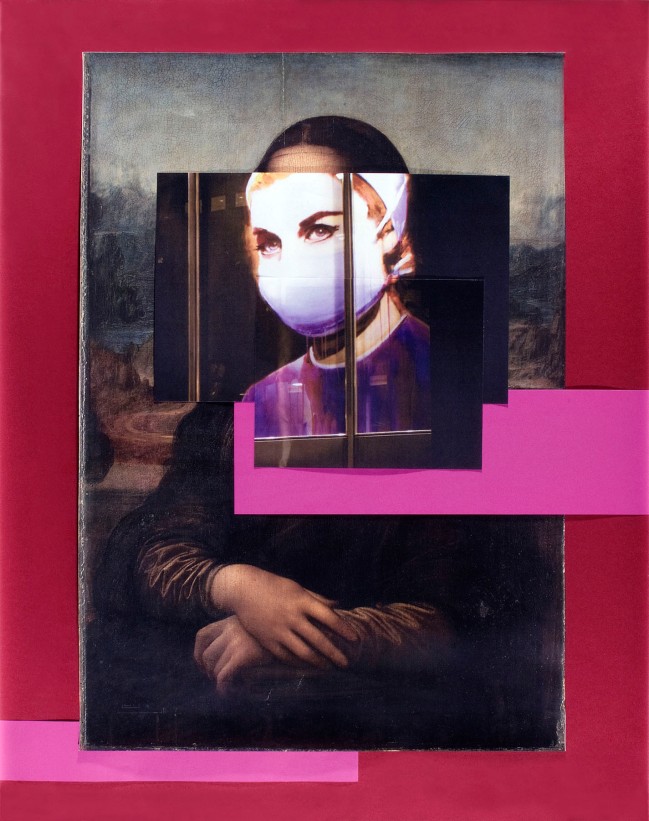
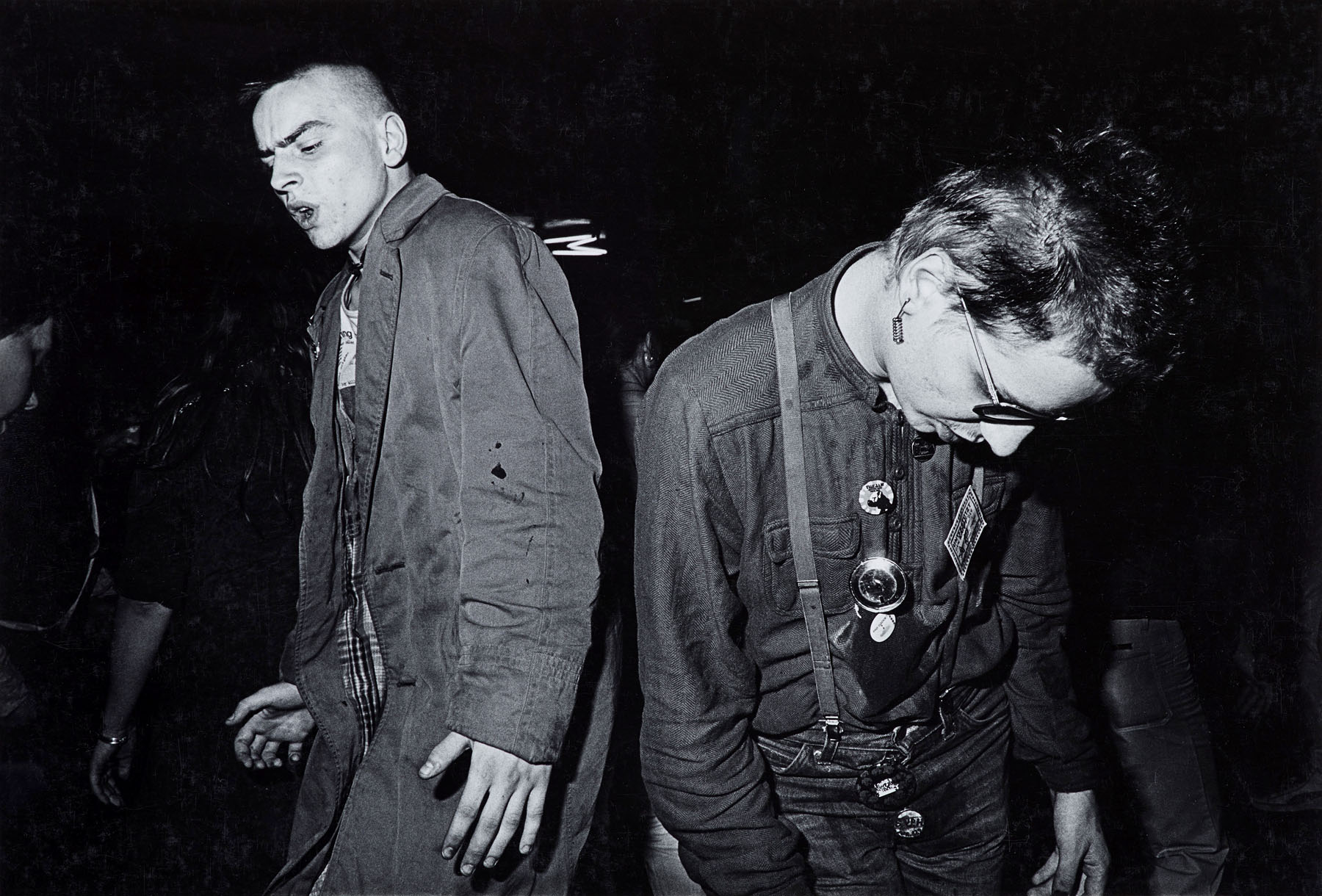

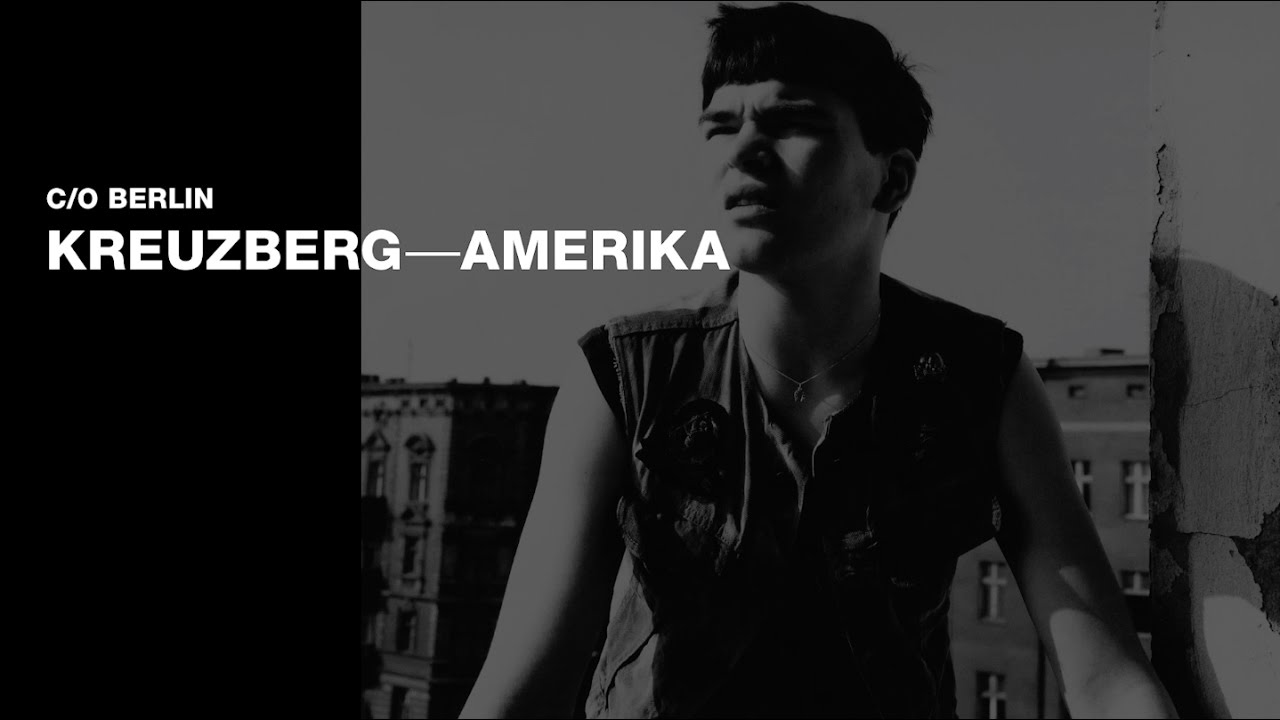
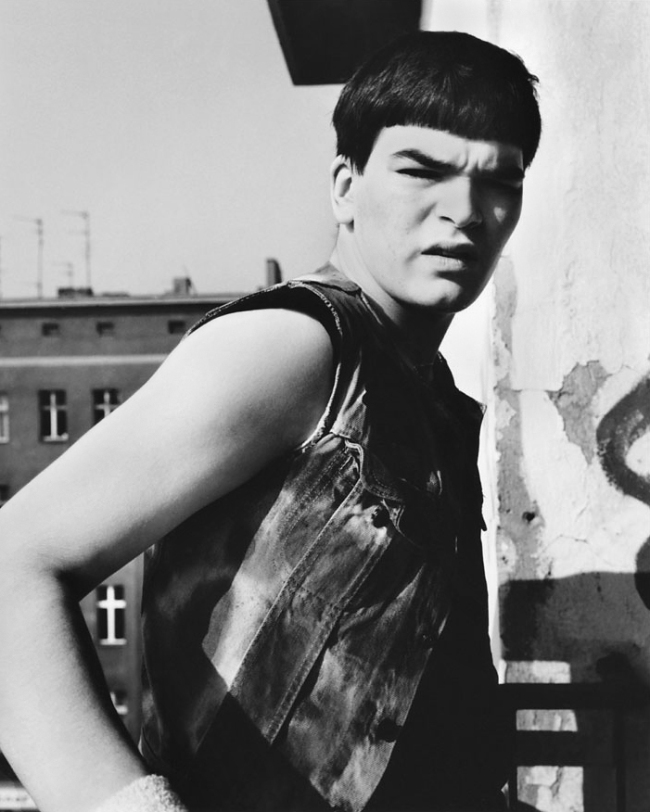
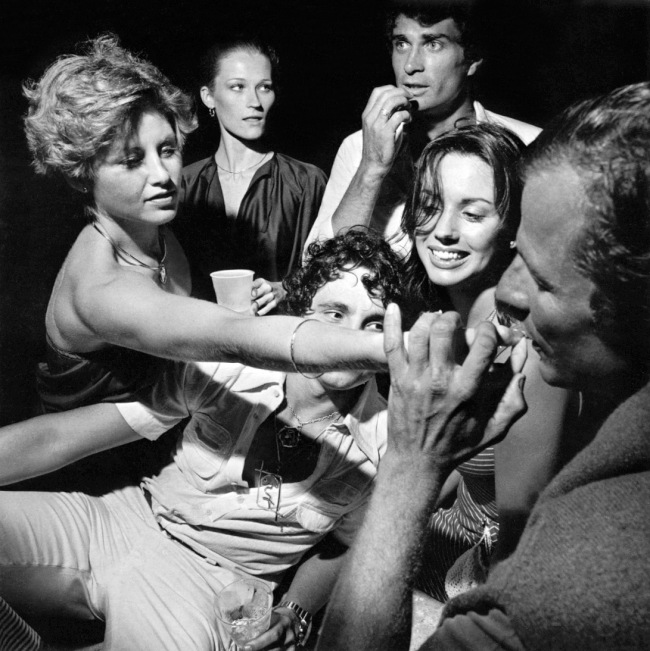
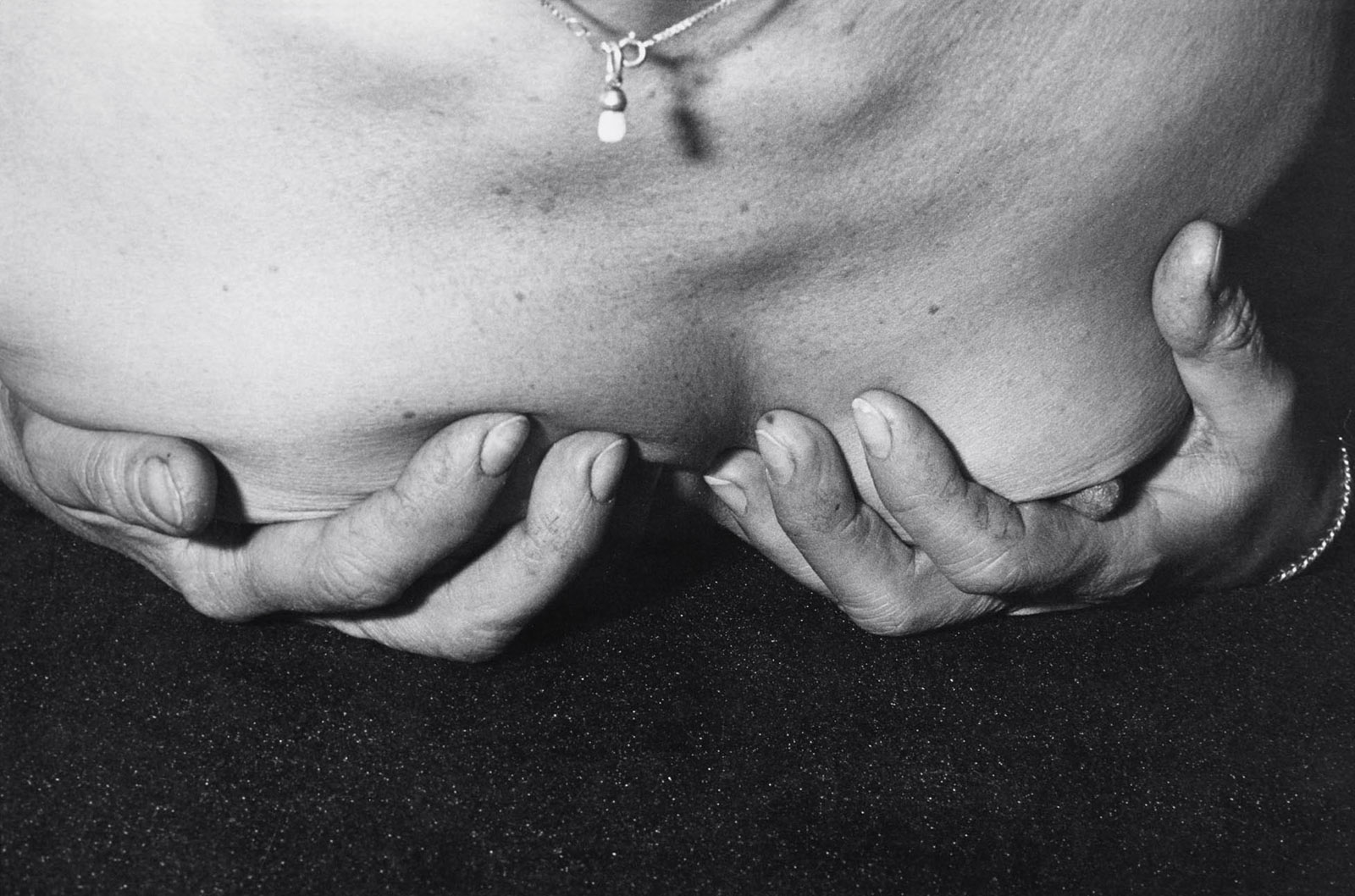
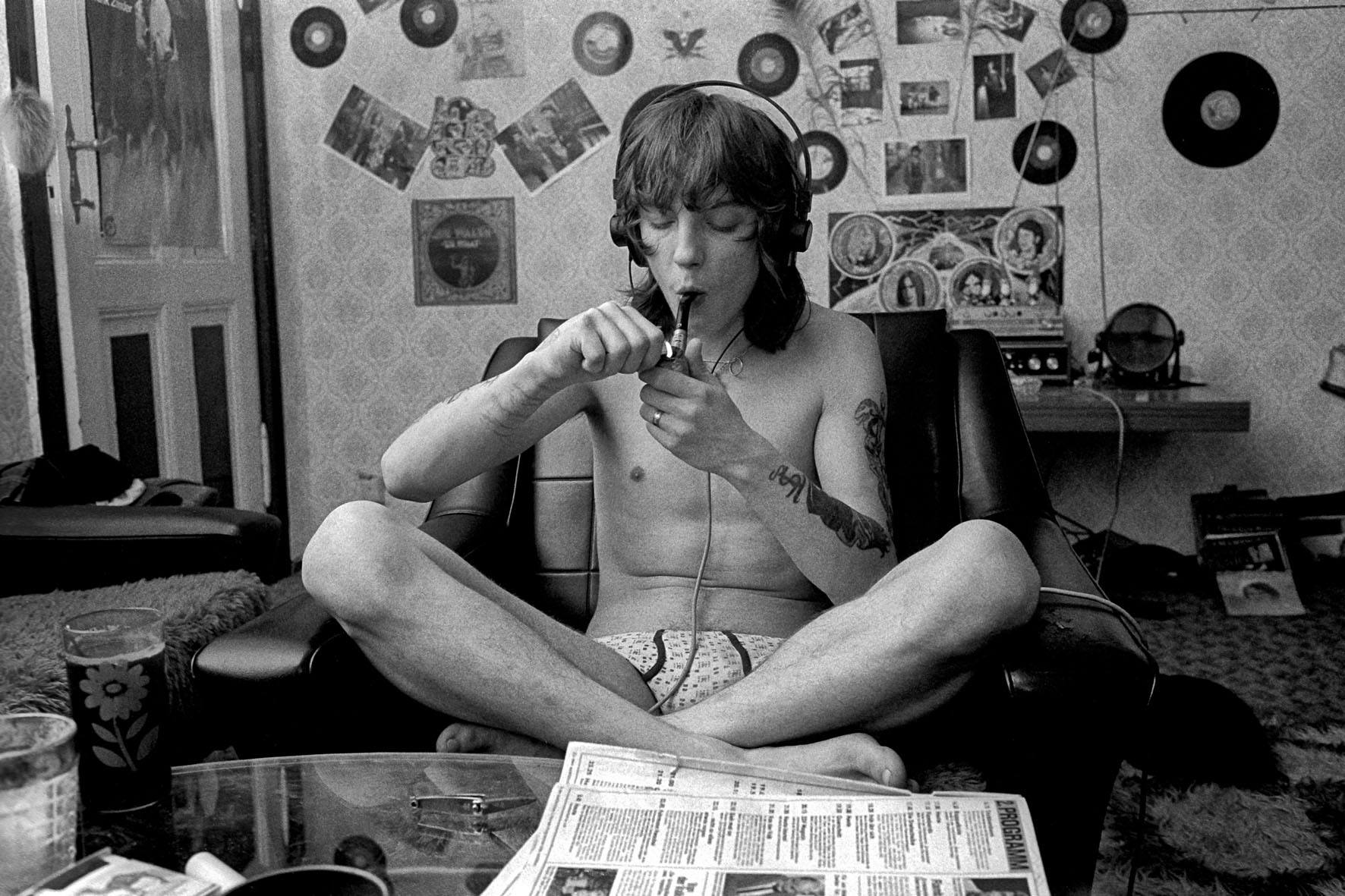

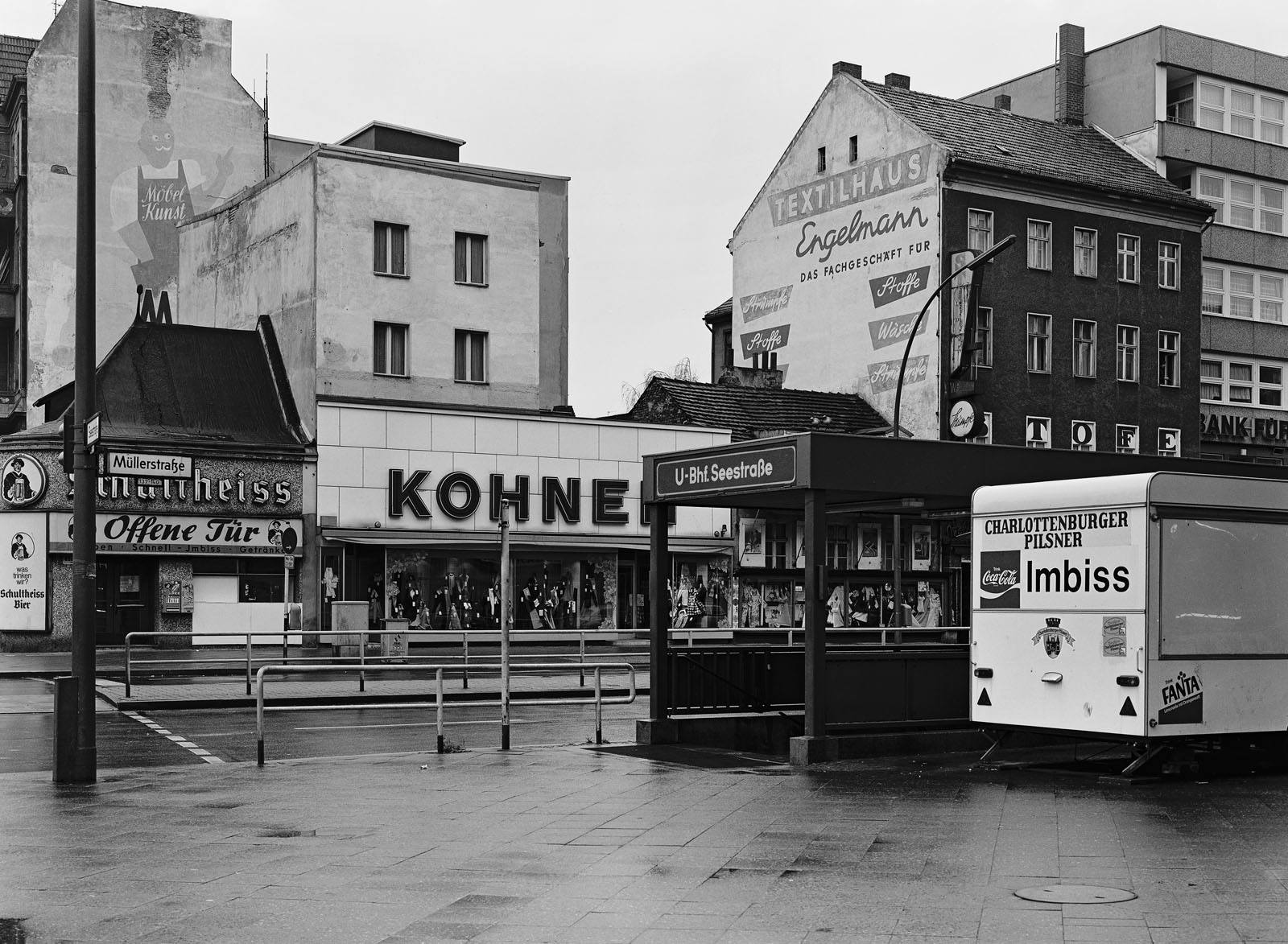

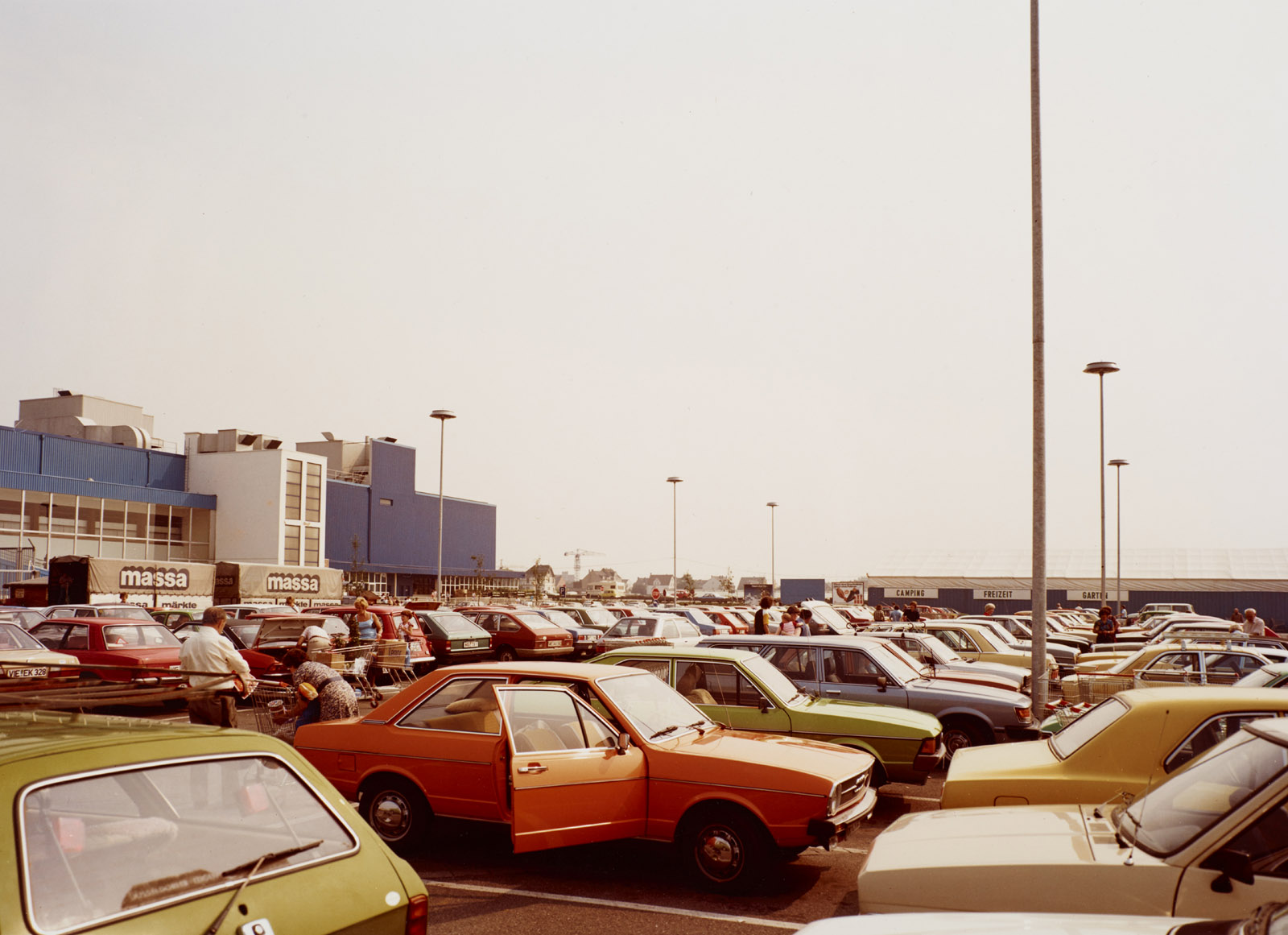
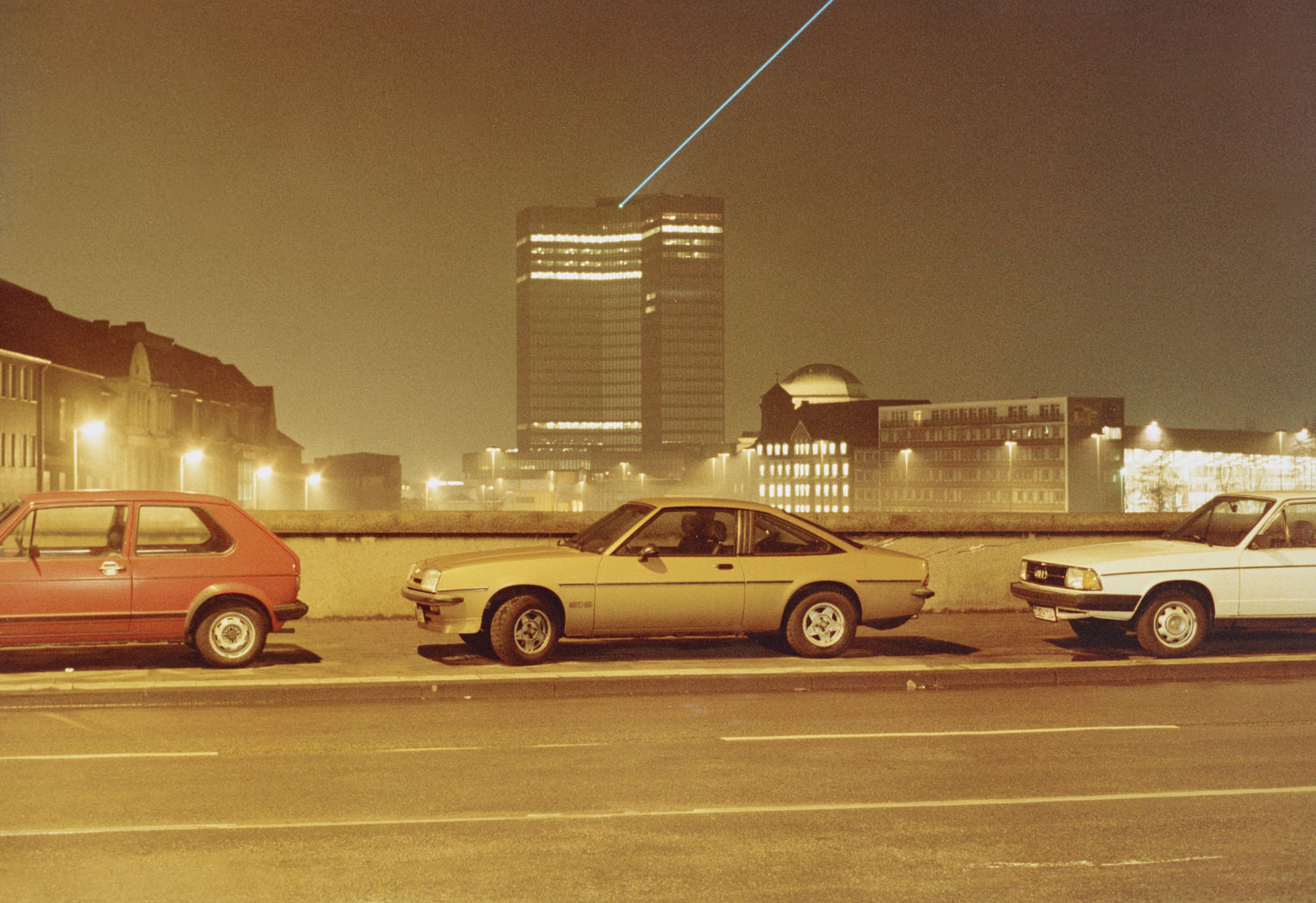


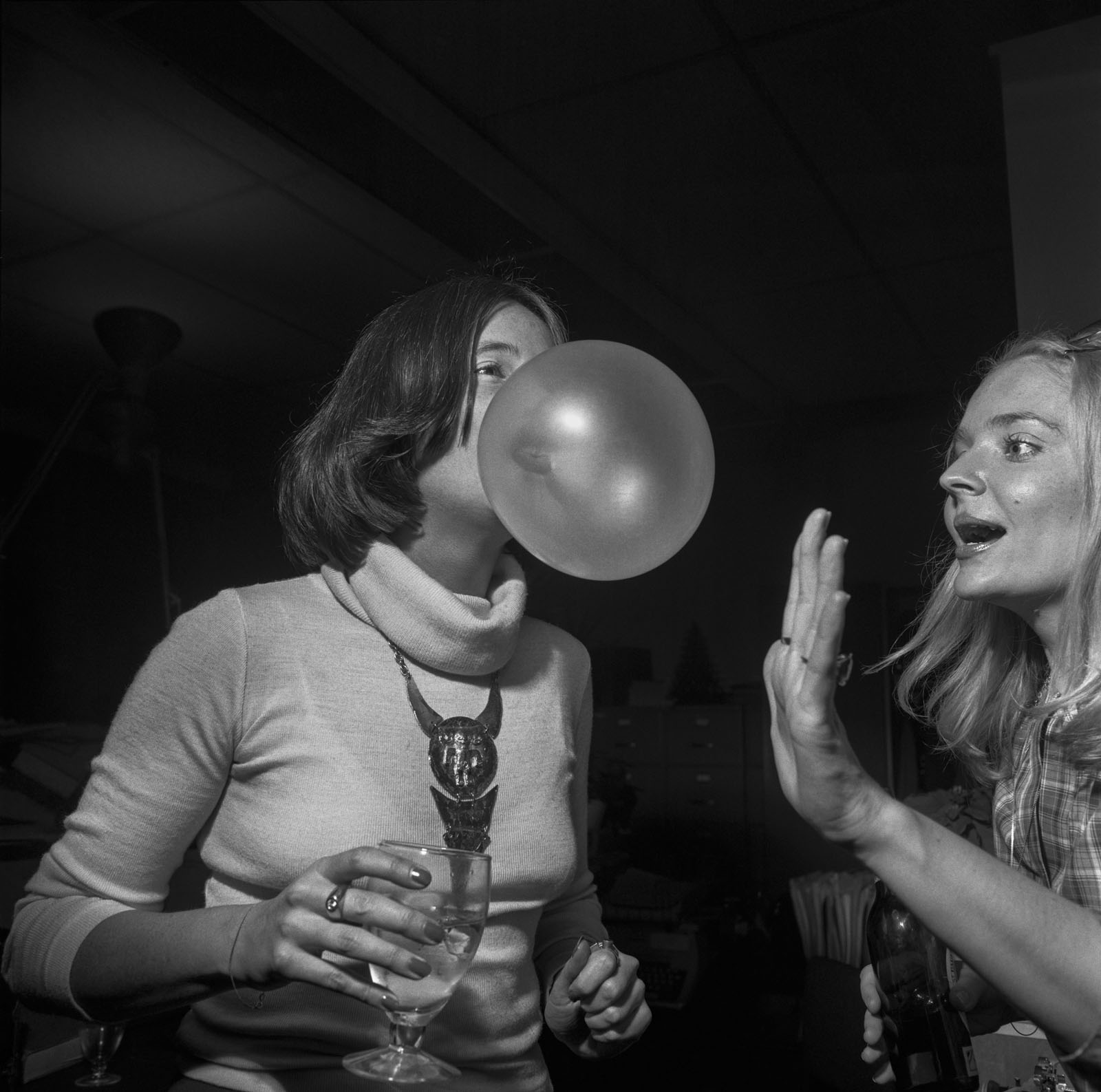
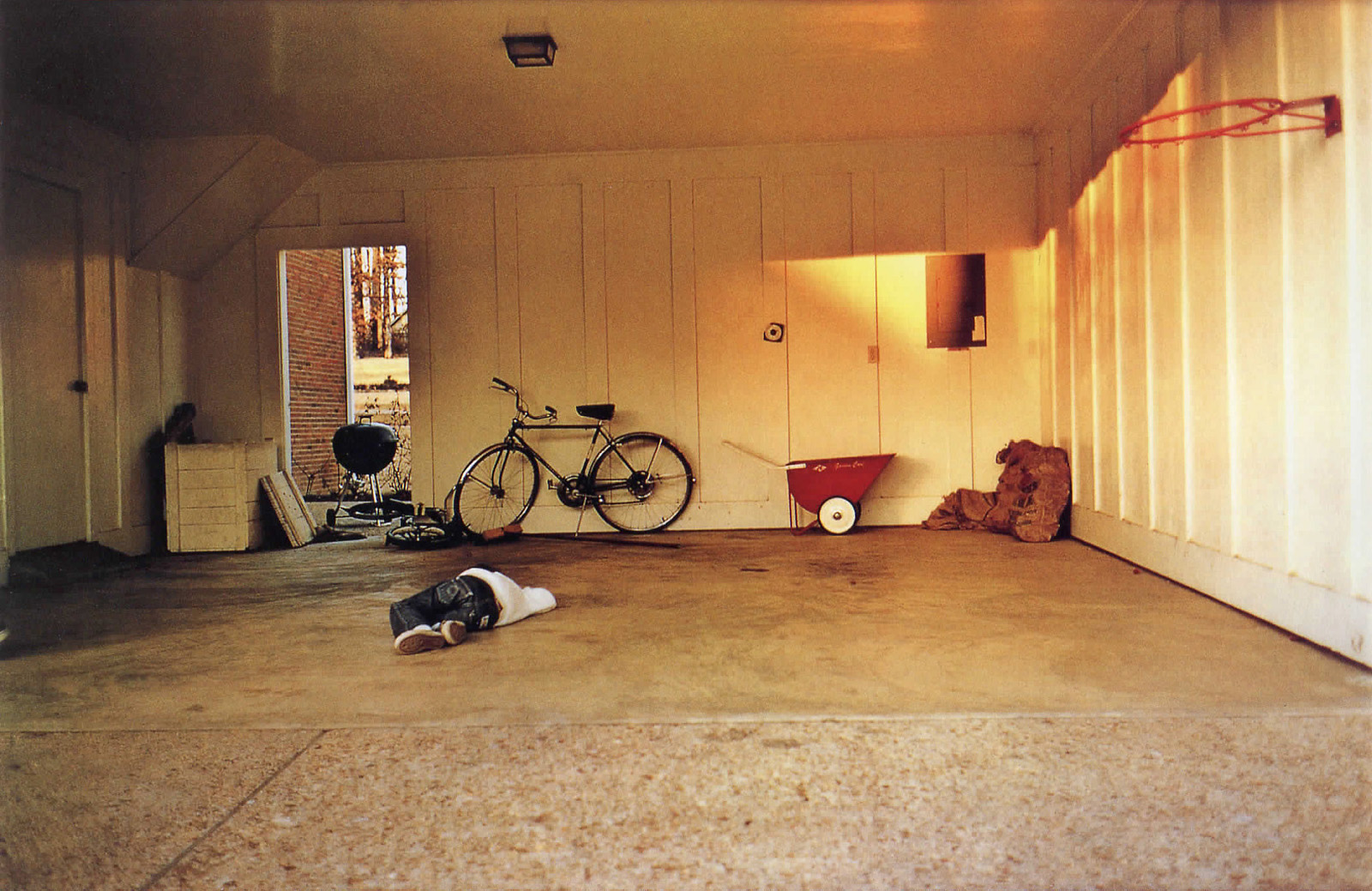

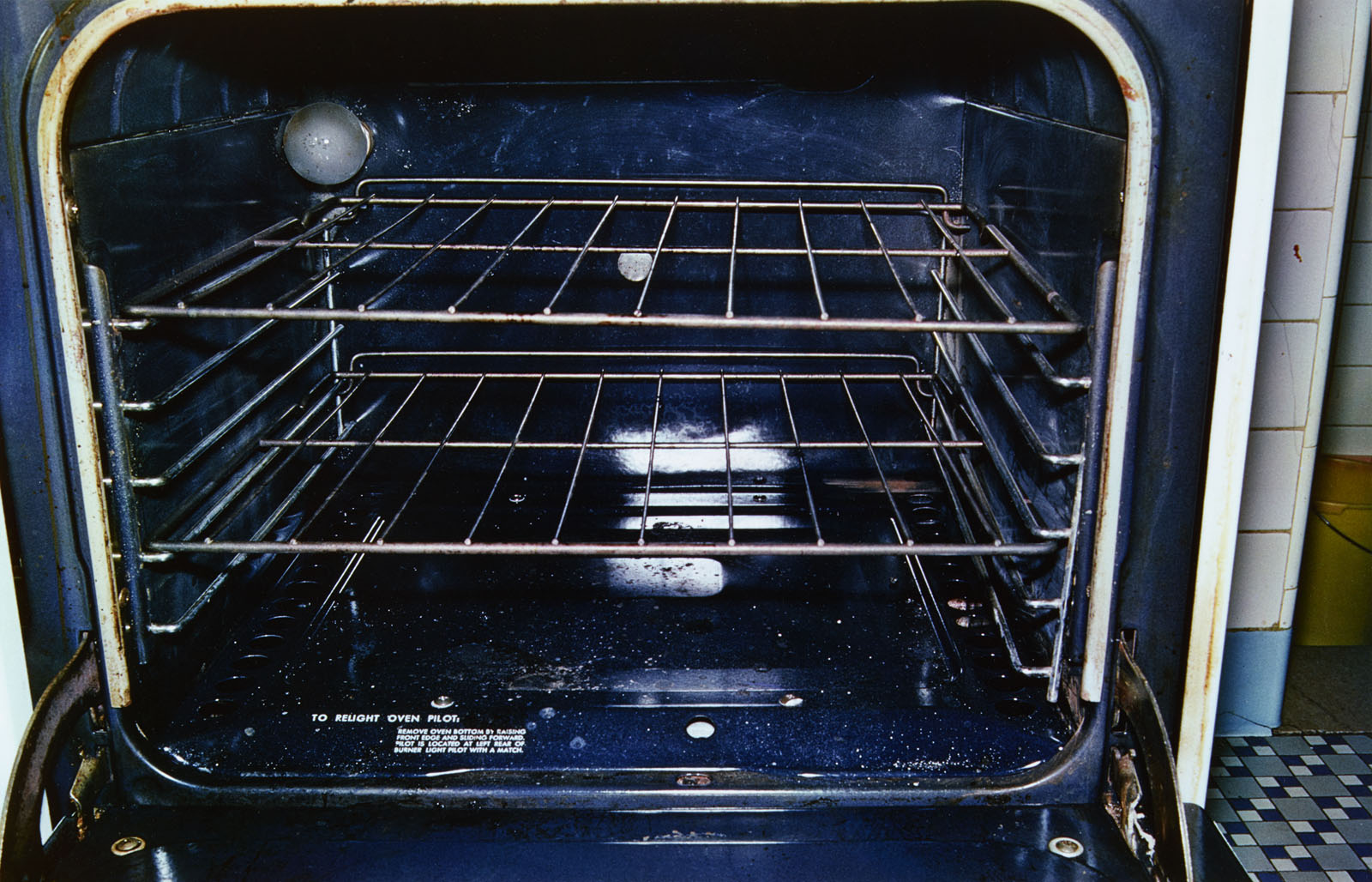

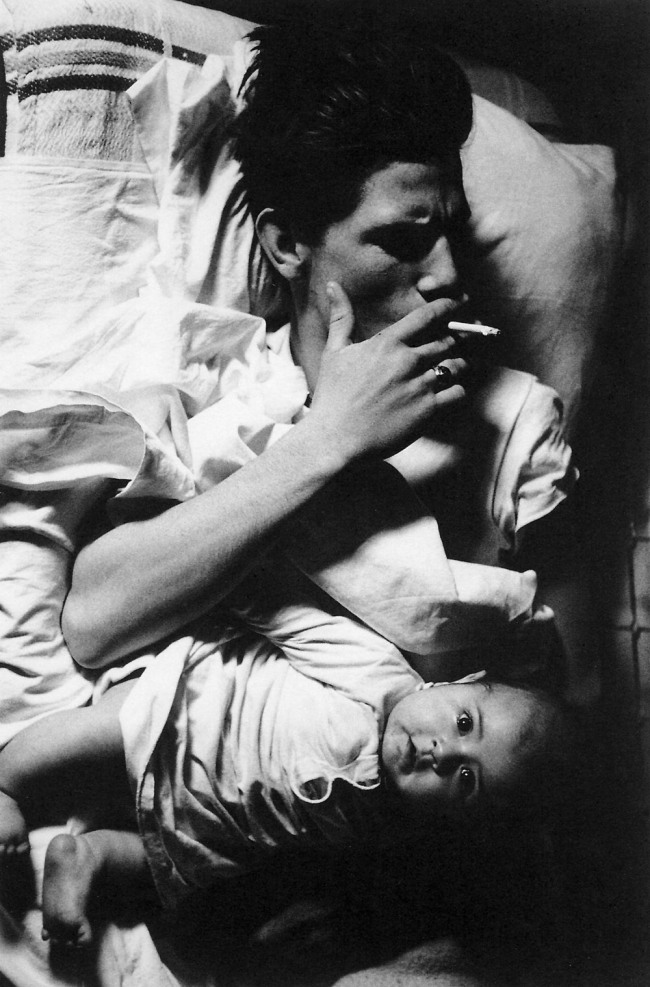

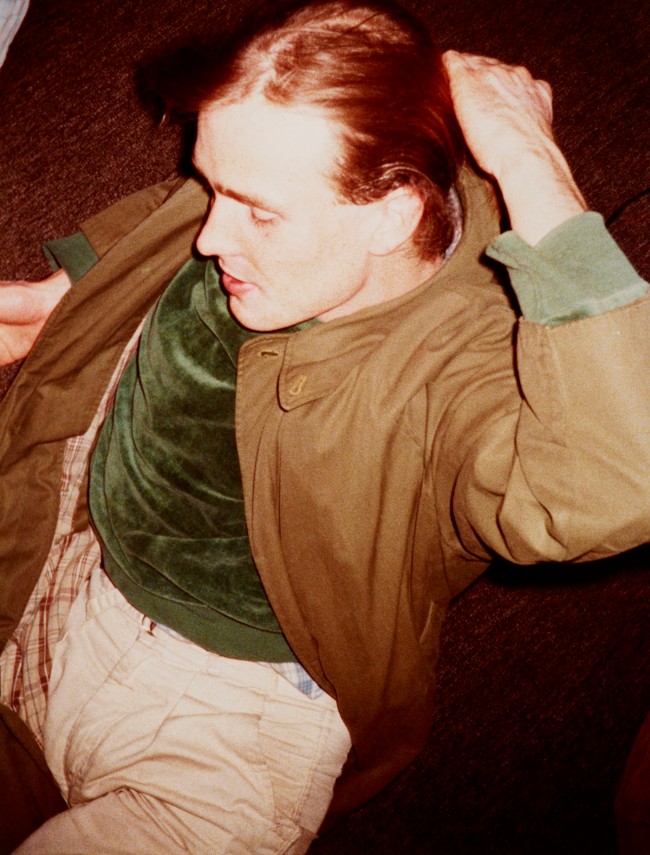


You must be logged in to post a comment.